In the vast fields and complex ecosystems, soil moisture is a key factor related to the growth of crops and ecological balance. In order to accurately grasp the moisture status of the soil, the stainless steel tubular soil moisture monitoring station has emerged. Especially its four-layer monitoring design provides strong data support for agricultural production and environmental monitoring.
The WX-GTS4 stainless steel tubular soil moisture monitoring station, with its sturdy and durable stainless steel material and scientifically reasonable four-layer monitoring structure, has become a powerful assistant for soil moisture monitoring. This monitoring station not only has a simple and elegant appearance, but also reflects careful consideration of soil moisture monitoring in its structure. The four-layer monitoring design means that it can penetrate into different layers of the soil and comprehensively and accurately reflect the vertical distribution characteristics of soil moisture. Each layer carries the precise perception of soil moisture, jointly forming a three-dimensional monitoring network for soil moisture conditions.
In terms of working principle, the stainless steel tubular soil moisture monitoring station adopts advanced sensing technology. Through the built-in sensors, it can sense the moisture content in the soil in real time and convert this information into electrical signals for transmission. This process is fast and accurate, ensuring the timeliness and reliability of the monitoring data. Meanwhile, the monitoring station also has a powerful data processing capability, which can automatically analyze and store the collected data, providing a scientific basis for subsequent decision-making.
The application value of the four-level monitoring station is self-evident. In the agricultural sector, it can help farmers accurately grasp soil moisture conditions, thereby rationally arranging irrigation time and volume, improving the utilization efficiency of water resources, and reducing production costs. Meanwhile, through long-term monitoring, farmers can also understand the seasonal variation patterns of soil moisture, providing more precise decision support for the planting and management of crops. In terms of ecological and environmental monitoring, the four-level monitoring stations also play a significant role. It can monitor the dynamic changes of soil moisture in real time, providing valuable data resources for fields such as ecological protection and water resource management. These data help to reveal the water balance mechanism of the ecosystem and provide a scientific basis for ecological restoration and environmental protection.
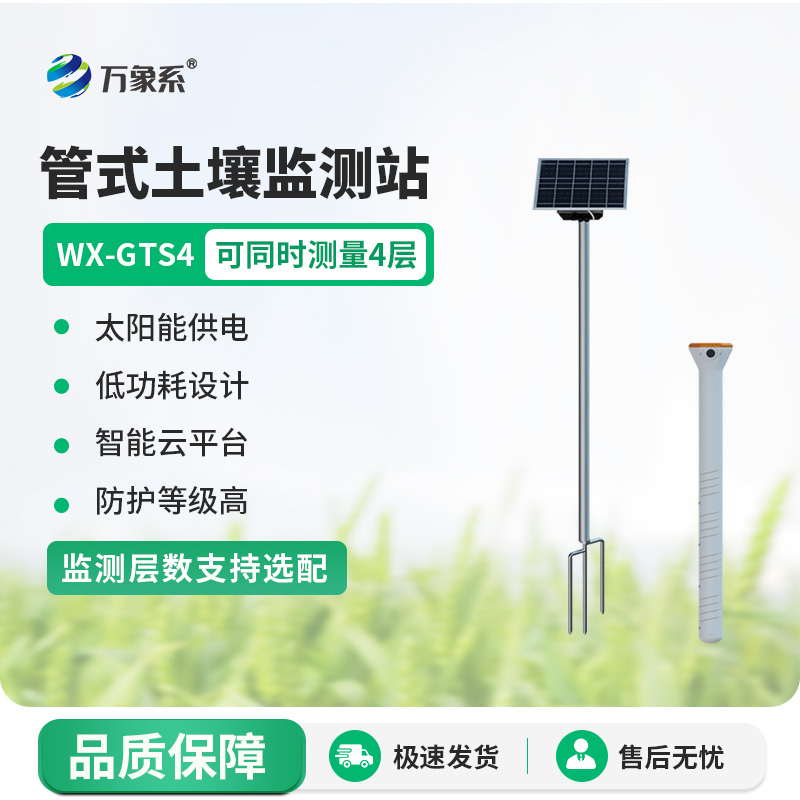
Article address:
http://www.shenzhensmofreer.com/en/newcen/1673.html

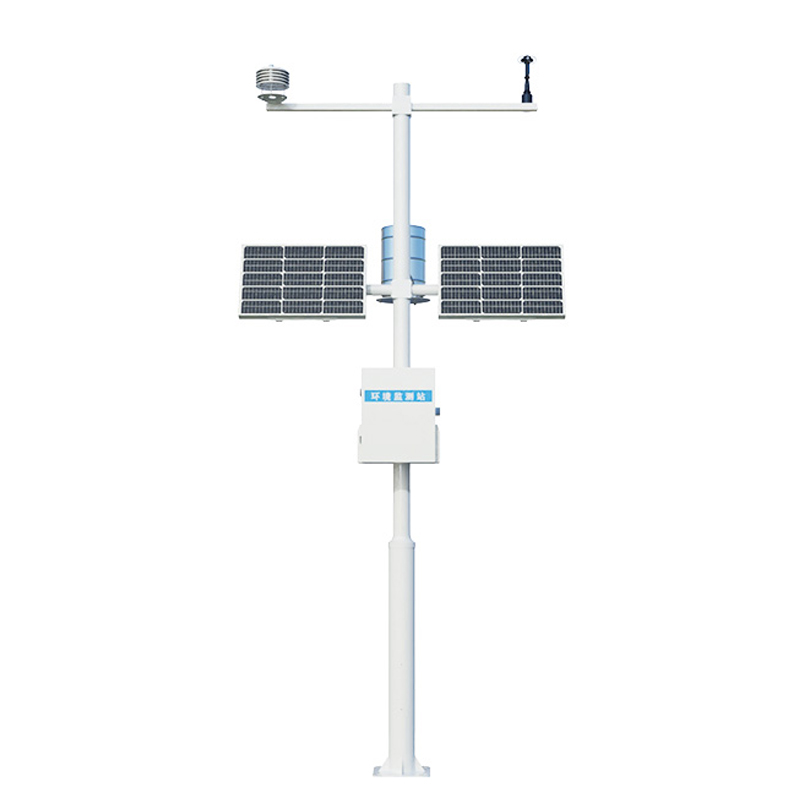
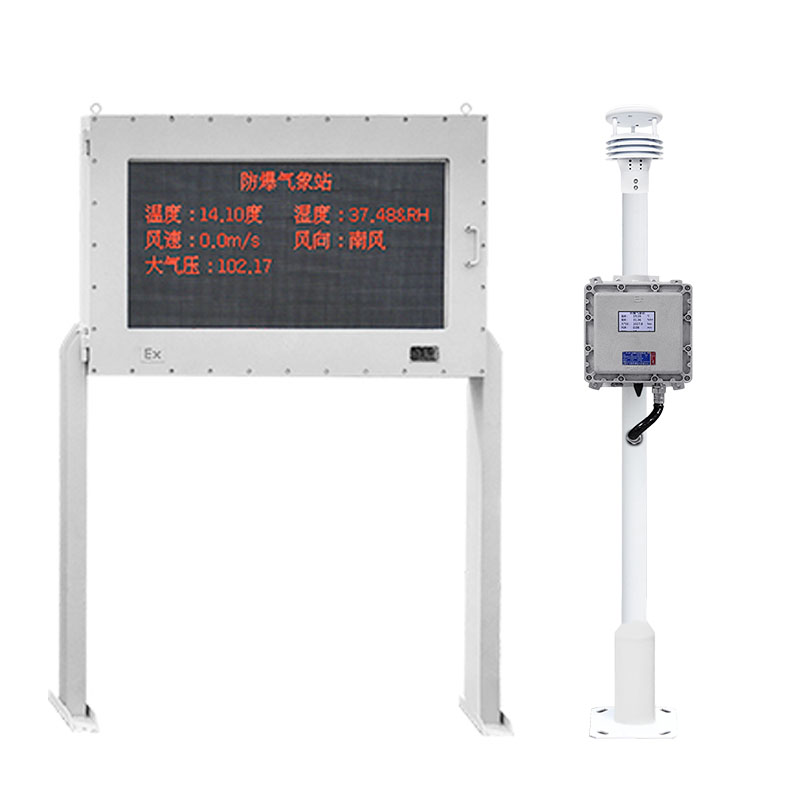
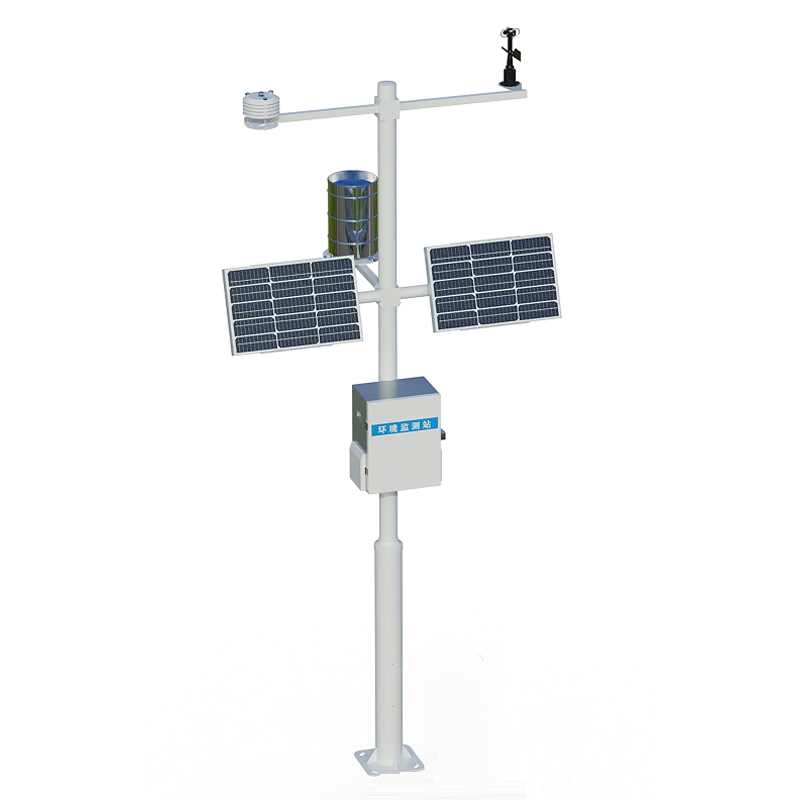
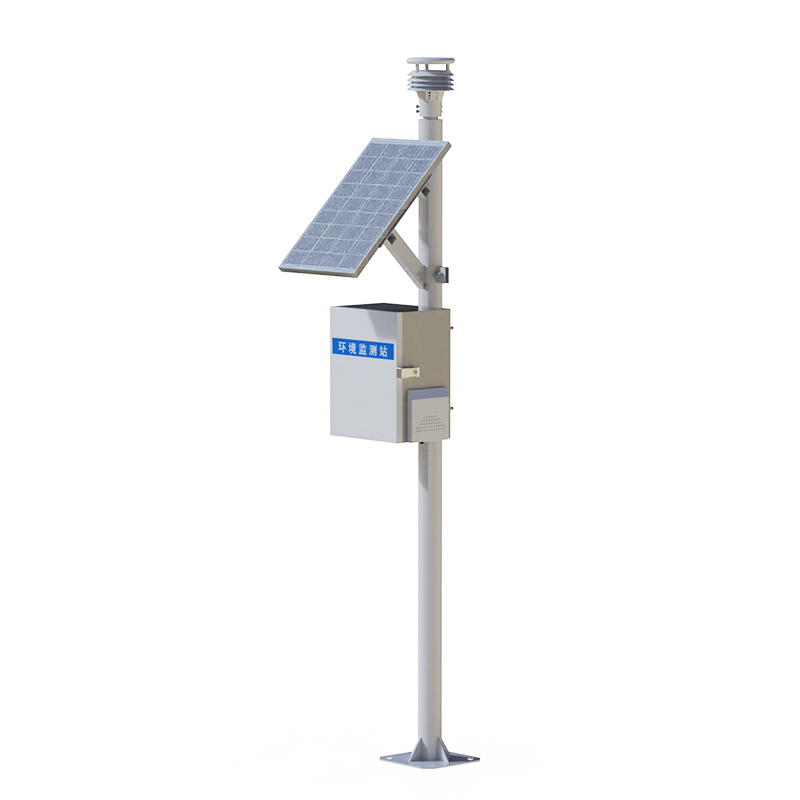


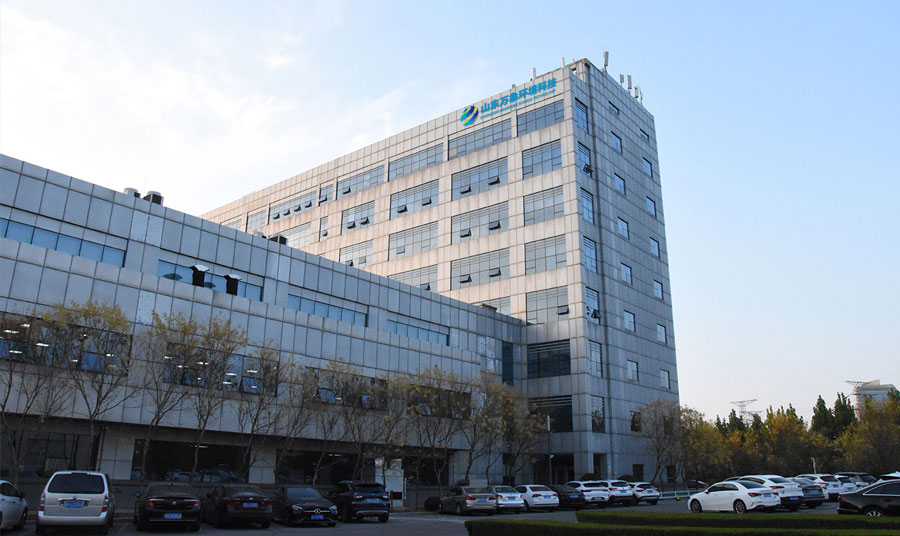
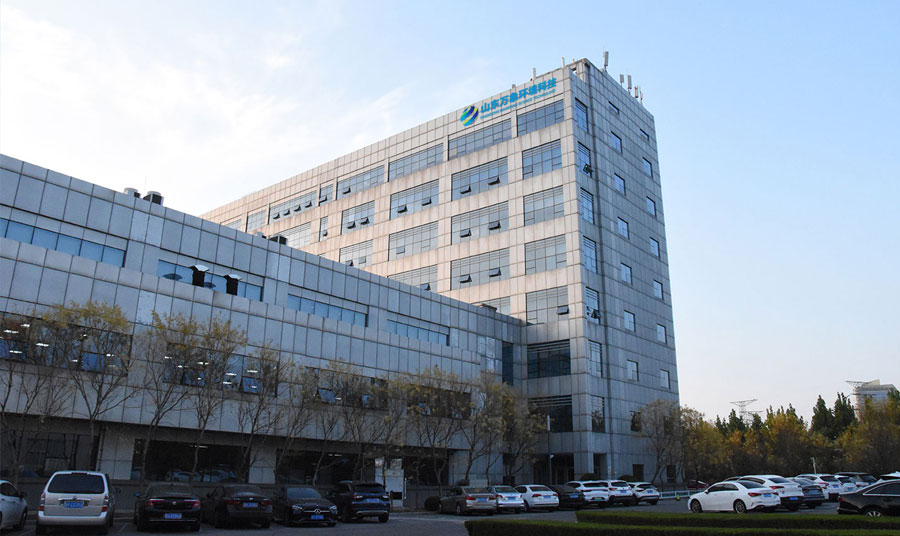



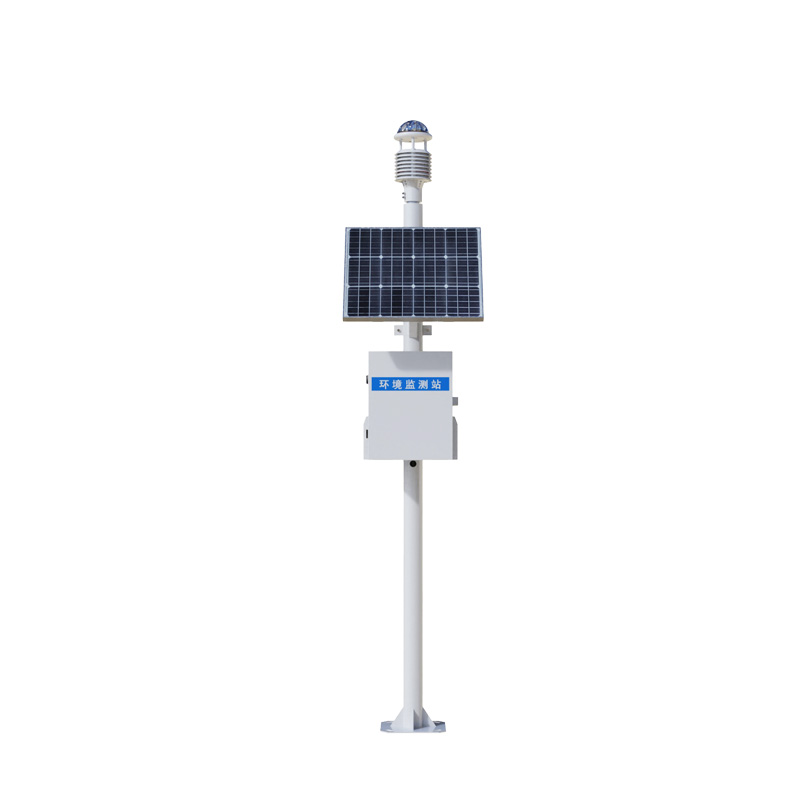

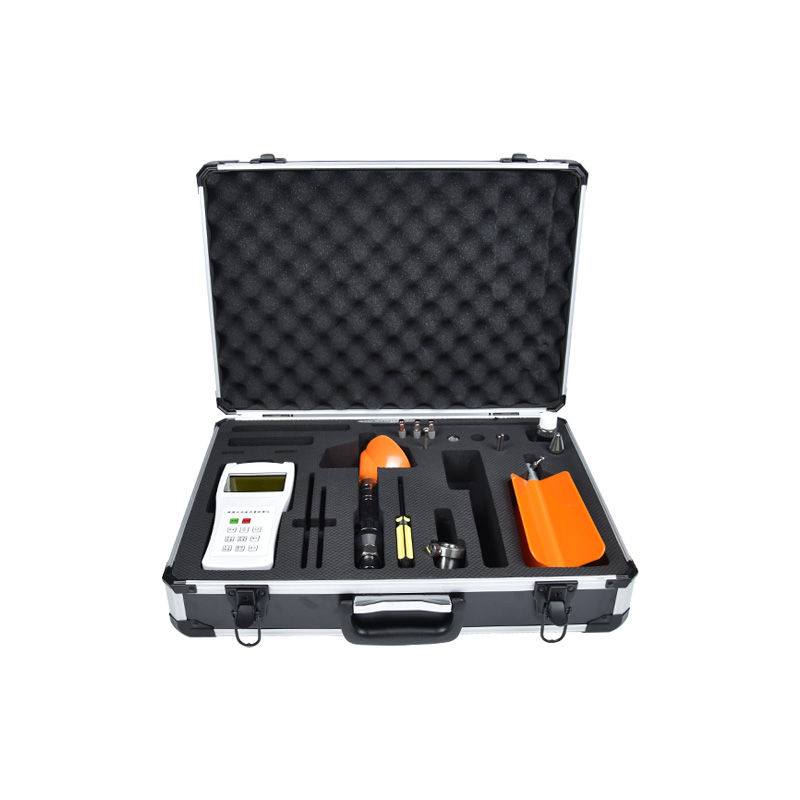
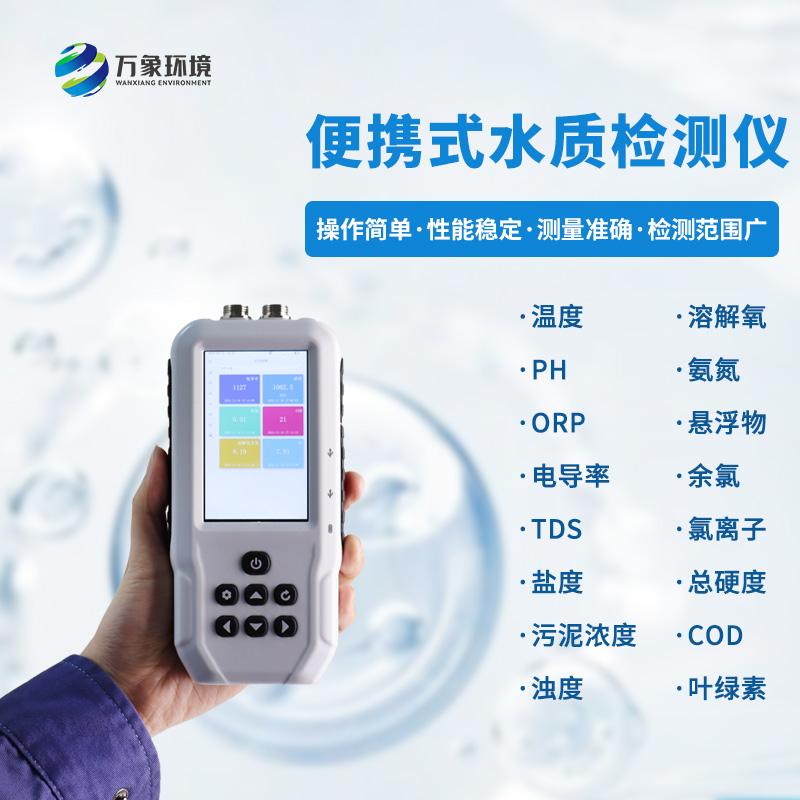


 Home
Home phone
phone Product Overview
Product Overview Contact Us
Contact Us